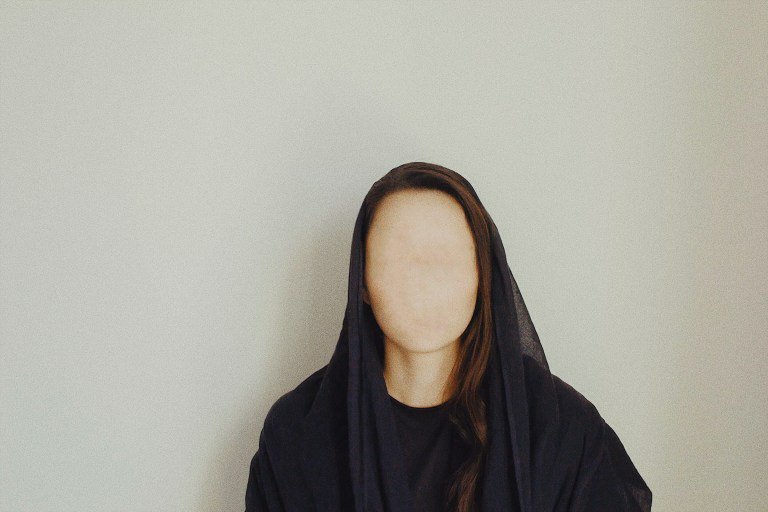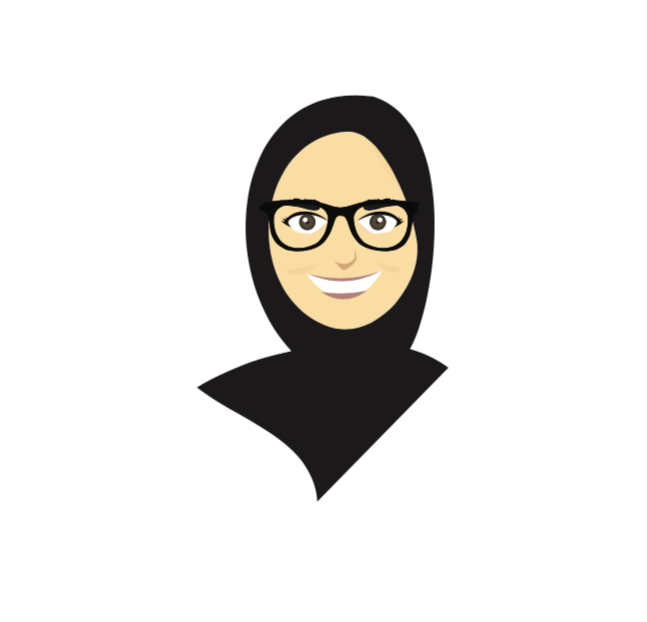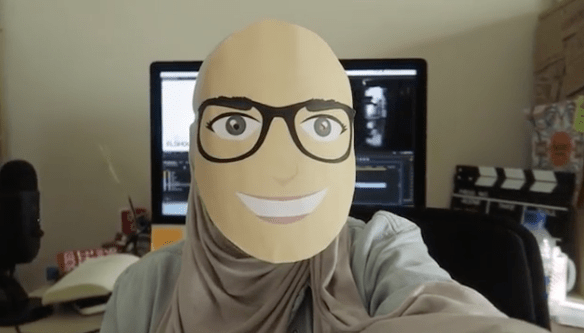Reason behind women hiding faces in the Gulf and Muslim Societies
By Rym Tina Ghazal
Many Arab girls were taught from a very young age that they are a very precious gem that needs to be protected and safe at all times.
Every face tells a story, and a woman’s face inspires many stories.
In contrast to the humorous, yet deep insights of the late Irish writer and poet Oscar Wilde, who infamously coined the saying “a woman’s face is her work of fiction,” Arab poets and writers have, for more than a thousand years, composed some of their greatest work using a woman’s face as a canvas for their love, seduction and heartbreak.
“Coyly she withdraws, shows us a cheek, a lip, she a/ gazelle of Wujra, —yearling the fawn with her,” composed poet Imru’ Al Qays, whose words are forever immortalized in the Al Mu’allaqat, the pre-Islamic ‘suspended odes’ or ‘hanging poems’ that remain one of the Arab World’s most cherished literary treasures.”
Women were often compared to beautiful, slender gazelles, who it appears were able to cast spells over men by simply gazing back at them with charming, kohl-filled, or even date coloured eyes.
“As for the moon, so for the sun: from both/ She draws her power; moon pearls grace her mouth,/ Solar fire crimson her lips…” wrote the 12th century Andalusian poet Ibn Quzman.
A woman’s face is a work of art. It is her jewel. It is her identity, tied to the identity of her family and tribe, where it was and remains customary in the more conservative communities for it to be hidden, protected as it has been in other ancient cultures where the elite women of important families often hid their identity and wore veils.
In today’s world, where there is a great push for everyone to be ‘plugged in’ and seen and followed on social media, and even to look a certain way, there is a lot of pressure on traditions and social norms.”
One of the trends that sets women apart in the Arab World, and in the Khaleej in particular, is that some avoid completely showing up on camera, or having their photos published in public and media outlets, and others continue to engage with the public through just voice overs or innovative photos that just focus on their hands, feet, or that are taken from the back so that their identity is protected.
One of the ways 25-year-old Omani social media star Ashwaq Al Maskery— who is more famously known as ‘elshog’— works around this is by creating digital avatars, a cartoon version of herself.

Rawan Al Mahrouqi’s artwork distinctly features blurry or no faces as part of her commentary on the tradition of hiding women’s faces. Courtesy of Rawan Al Mahrouqi.
“I want people to focus on the message I am trying to send through and not how I look like or what I am wearing,” says Ashwaq who would wear the digital character as a mask at public social events. “The icon resembles the character that I use to represent me as a visual brand. I want people to embrace who they are, and even if they have the barrier of not being allowed to show their faces on media, that they can do it differently and still get their message through to the world.”
Besides privacy, one of the reasons this trend continues is because of the fear that exposure to the public may actually impact a girl’s future, and even lead to blackmail.

The digital avatar that Ashwaq uses online. Image courtesy of Ashwaq Al Maskery.
“Many Arab girls were taught from a very young age that they are a very precious gem that needs to be protected and safe at all times. To post their photos to complete strangers means that they are exposing themselves to harm that can be avoided,” says Ashwaq, who is also a Creator For Change on YouTube, where she tackles social issues on her channel.
“We heard a lot when we were younger that they [strangers] will take our faces and Photoshop them onto naked women and then try to ‘expose us’ and threaten us by sharing these photos with the public if we don’t do what we are asked, and therefore bring shame to our families,” she says.
Some families consider it “unnecessary” to show off the girl, especially at a younger age, as that may impact her chances of marriage since “many men saw her photos already,” says Ashwaq.
In conservative societies, a woman’s honour and reputation are fiercely protected and women are shielded from males outside the family circle. A potential suitor may judge a woman who has been ‘too open’ in the public as he would want to be the first and only man to have viewed and known her.

Ashwaq wears her digital avatar as a mask in public events. Image courtesy of Ashwaq Al Maskery.
While this belief does persist amongst certain families and women, it is changing.
“It’s less of a taboo now if a girl shares her photos online. And sometimes she also feels the pressure to do so since everyone else does it,” says Ashwaq.
Besides the pressure of sharing photos and videos of oneself, in an age of selfies there is another kind of pressure on women today.
“Each woman has her own beauty that suits her form, but unfortunately we are living in a world where beauty is being standardized so we all have to look a certain way by putting make up and ‘enhancing’ our look with fillers and other injections and surgeries.
I hope that one day women will truly believe that they are beautiful the way they are regardless of what their skin tone is, the size of their features and even with the acne they have,” she says.
Rawan Al Mahrouqi is a young Omani artist who has been addressing taboo topics through her art. She creates pieces that trigger dialogue over issues such as this one. Her artwork distinctly features blurry or no faces as part of her comment on this tradition.
“The original inspiration comes from the tradition of hiding women’s faces. Before it was with burqas or face coverings in all their forms, and now with the modern times it has transitioned to social media and the Internet. In most instances showing your face in real life is okay but it is not allowed online, which is a contradiction that I have found very interesting,” says Rawan, whose art has been exhibited in Oman, the UAE, Tunis and London. She is also part of the circle of experimental art at the prestigious Stal Gallery in Muscat.
“It also was a part of a personal struggle I deal with on a daily basis after deciding to remove my hijab, which is not accepted in my family. I got so many questions like, ‘what if some of our family members see you without it?’ I didn’t know how to deal with it and I felt like I wanted to go out and be happy without a face to cause the least amount of conflict possible,” says the 27-year-old artist, whose faceless images have become her signature.
But things are changing within the Khaleeji communities, Rawan says. She remembers how, back in 2009, putting one’s face online was unheard of and was “a big taboo.”
“I remember I was the only girl in my circle of friends who did put her face as a display picture —without the approval of my family of course. Nowadays I see that most girls and women put their faces on social media and it is more normal and acceptable. It’s quite interesting how societal norms can change in the span of a few years,” she says. “I love to observe these changes, and why we do the things we do as a culture and a society.”
With social media growing in popularity, and even being part of one’s professional prospects, it will be interesting to see what other traditional social norms will be pushed out or changed with time.
Article first published on Sekkamag.



